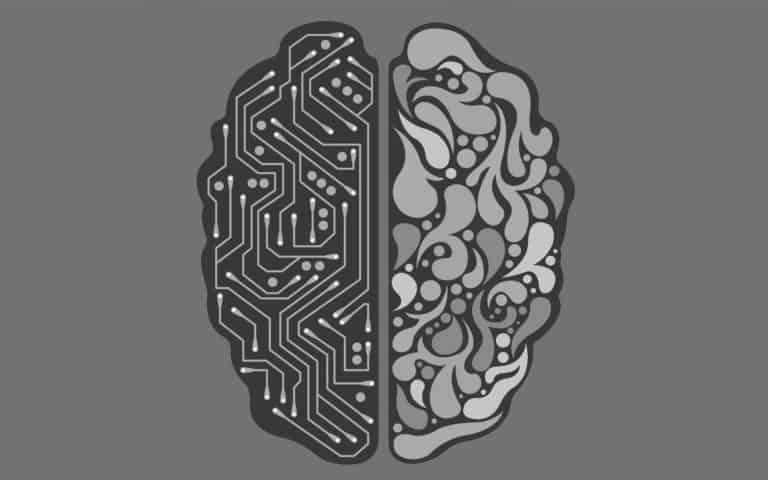Google has developed an Artificial Intelligence (AI) model, which claims to be able to identify breast cancer more accurately than trained radiologists.
The project is the result of a research collaboration between Google Health, the Cancer Research UK Imperial Centre, Northwestern University, Royal Surrey County Hospital, and DeepMind, the AI division of Alphabet (Google’s parent company).
Google has trained the model to identify cancer tissue using (anonymised) mammograms, from more than 91,000 women in the US and the UK. The model was then tested by having a separate dataset of 28,000 patients analysed.
Better than the human eye
The model then succeeded in detecting tumors with a lower margin of error than a panel of six radiologists who collaborated in the study. In evaluating the scans taken in the U.S., the AI provided 5.7 percent fewer false positives than the human team. In addition, 9.4 percent fewer false negatives were observed. The model also defeated the experts in the UK, with 1.2 percent fewer false positives and 2.7 percent fewer false negatives, respectively.
“Notably, when making its decisions, the model received less information than human experts did,” Google Health researchers Shravya Shetty and Daniel Tse wrote in a blog. “The human experts (in line with routine practice) had access to patient histories and prior mammograms, while the model only processed the most recent anonymized mammogram with no extra information. Despite working from these X-ray images alone, the model surpassed individual experts in accurately identifying breast cancer.”
Potential being tested
Google believes that its AI has the potential to allow earlier detection, thus reducing waiting times for patients, as more time is freed up for human medical staff. The company has already explored ways to put the technology into practice. During the research, for example, Google performed a simulation in which the AI was used in a double measurement. In such a measurement, a mammography is evaluated by two radiologists in order to increase detection accuracy. The model played the role of the first radiologist, relieving the work of the second by about 88 percent.
